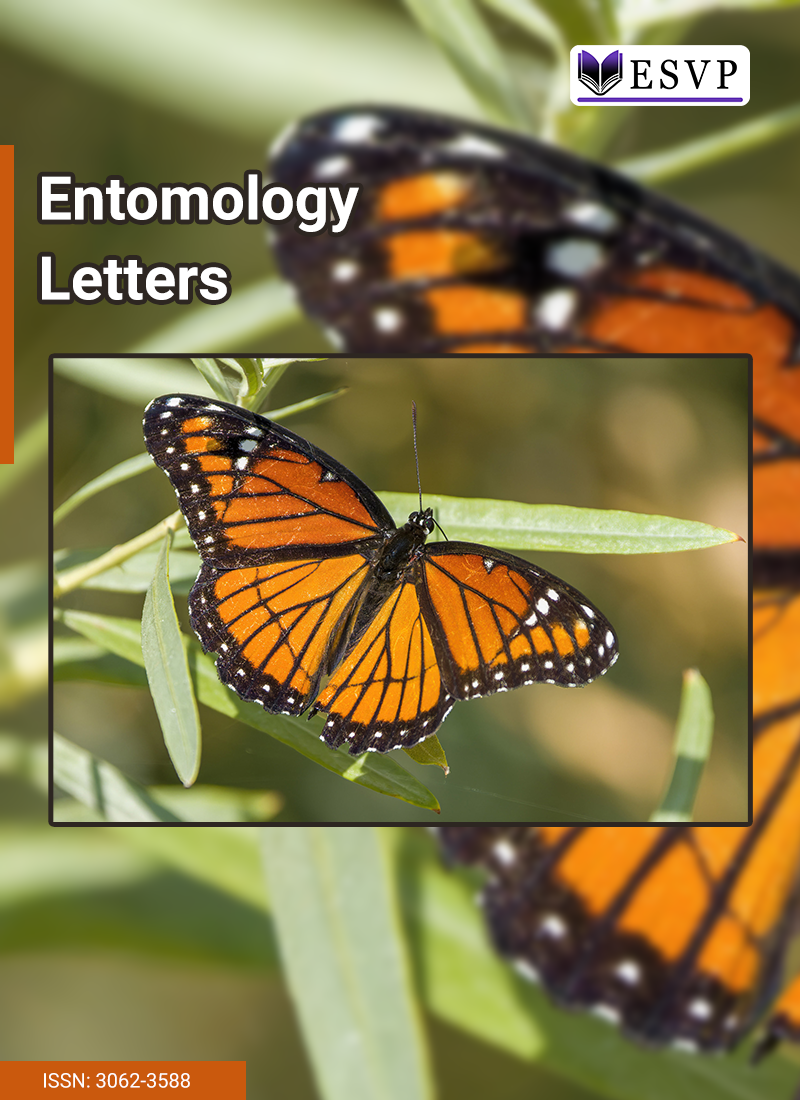
This study evaluated the nest structure of the black larger ant using affordable white cement for modeling. Various parameters including the tunnel's length and width, the chamber's dimensions (length, width, and diameter), the depth of the nest, and the number of tunnels and chambers were measured. Standard tools and techniques were used to assess these factors. The nest's average circumference was 15.1 ± 4.30 cm and its depth was 13.1 ± 3.50 cm. The average number of tunnels was 9.0 ± 2.0, with an average tunnel length of 10.7 ± 5.60 cm and a width of 3.0 ± 1.0 cm. The number of chambers was 6.0 ± 2.0, with chamber lengths of 3.7 ± 1.6 cm and widths of 2.5 ± 1.3 cm, all showing significant variation. A positive correlation (r = 0.54, n = 52) was observed between the tunnel's length and width, indicating that as the tunnel length increases, its width tends to increase as well. The direction of the tunnels appeared to be influenced by environmental factors, such as the proximity to water sources. The majority of the tunnels were oriented to the west (29%), with the east and south directions also notable. Most of the nests observed were irregular in shape, although a few displayed rounded formations. While an initial description of the nest structure is valuable, a deeper examination is necessary to fully understand how the design of these nests contributes to the colony fitness. This includes analyzing how specific features support the colony's overall survival and the mechanisms behind these adaptive advantages.